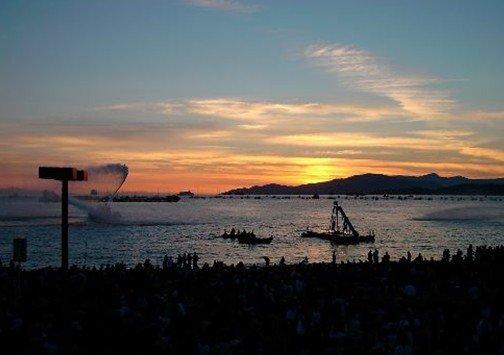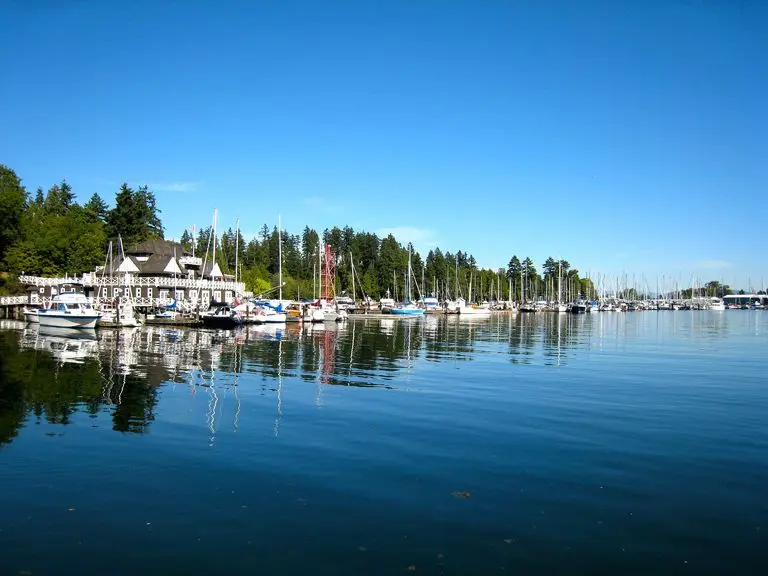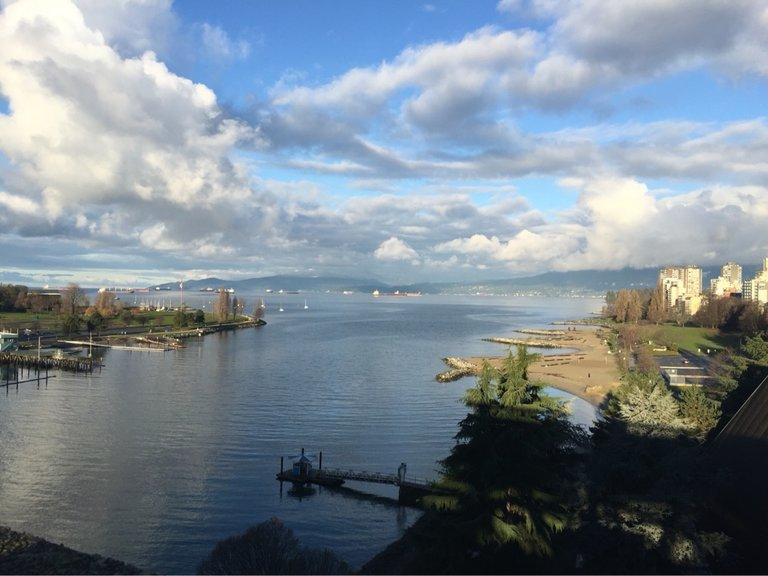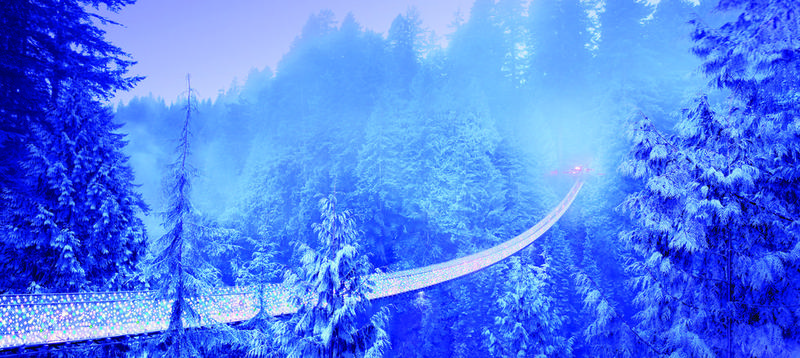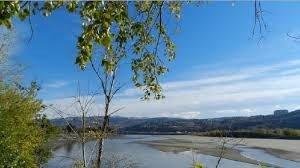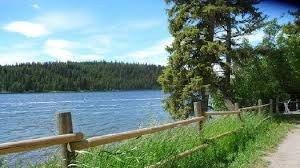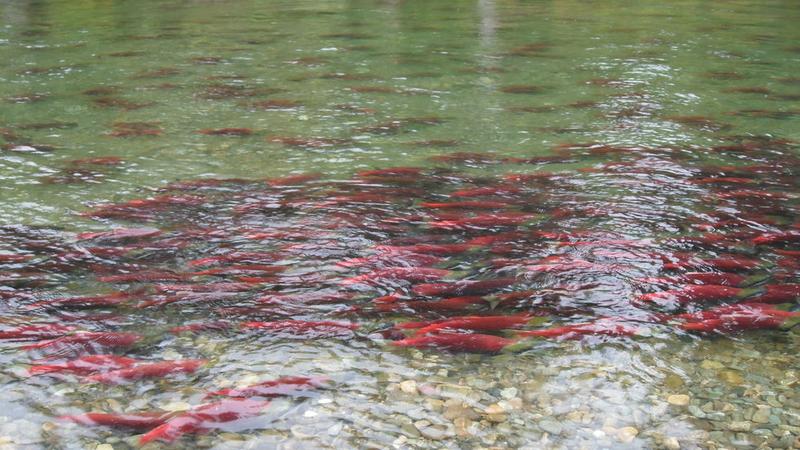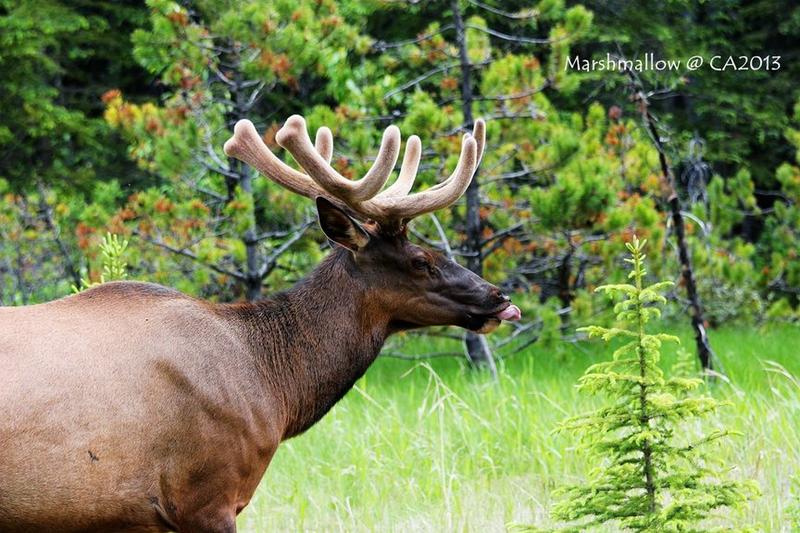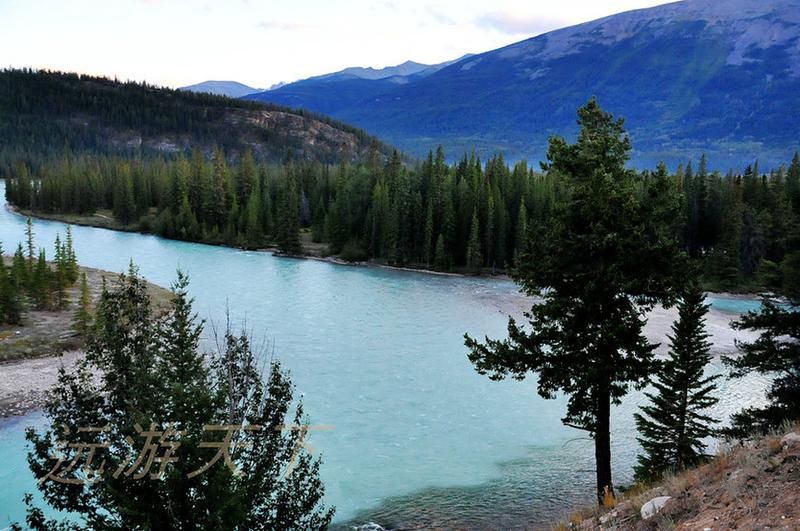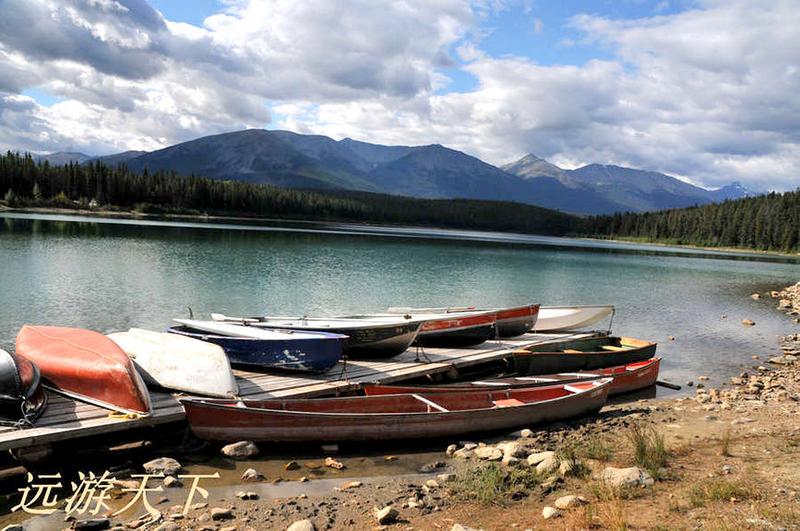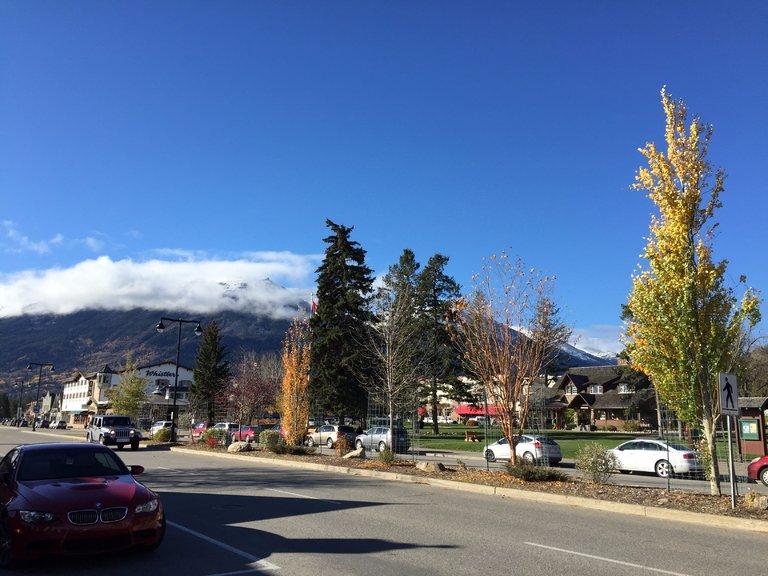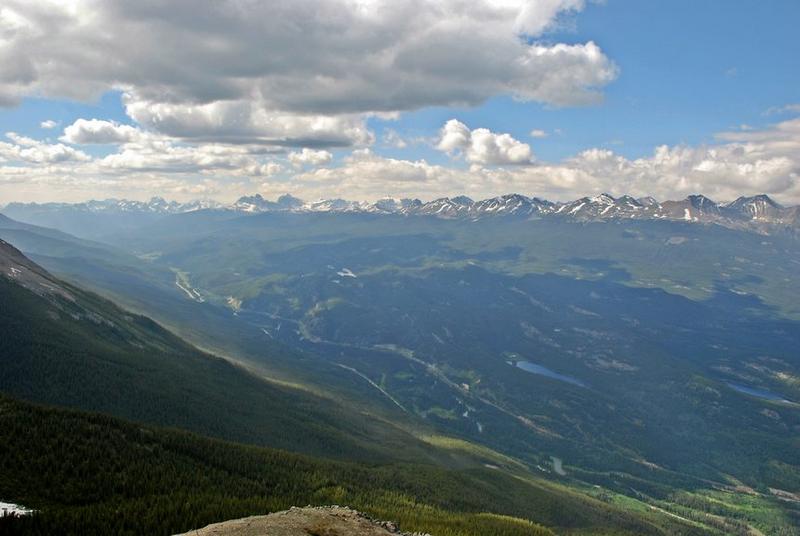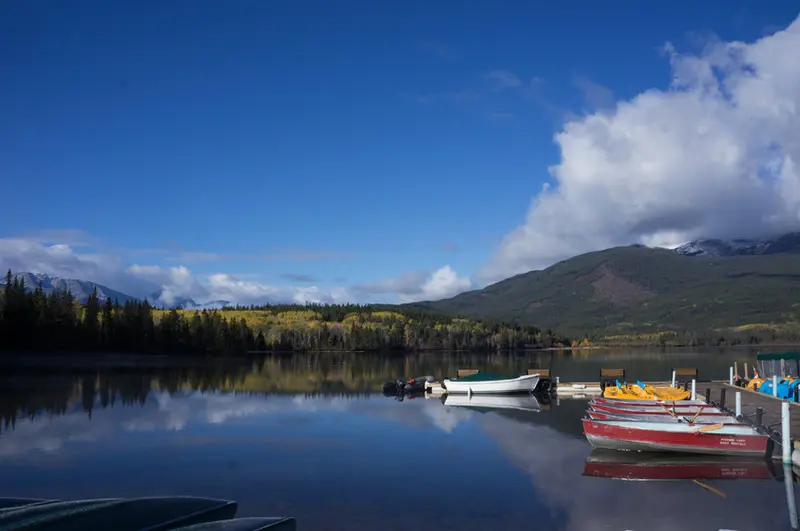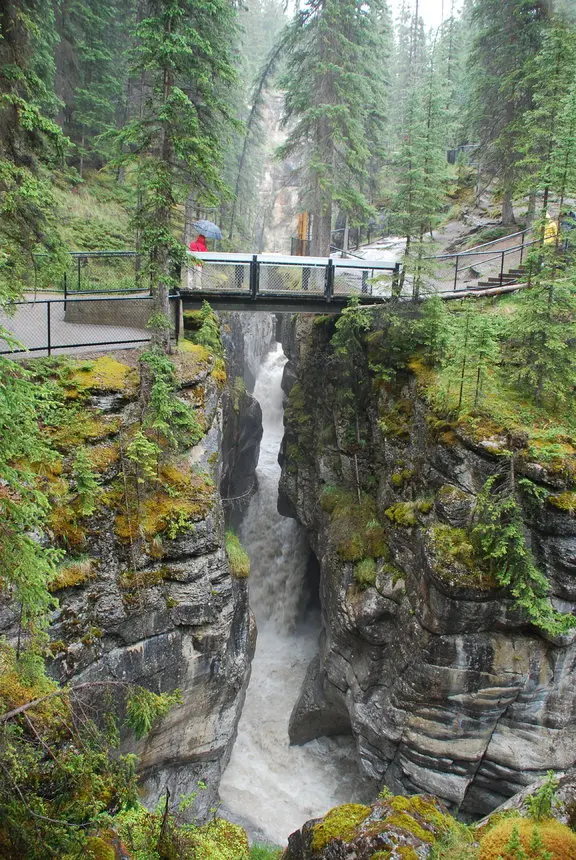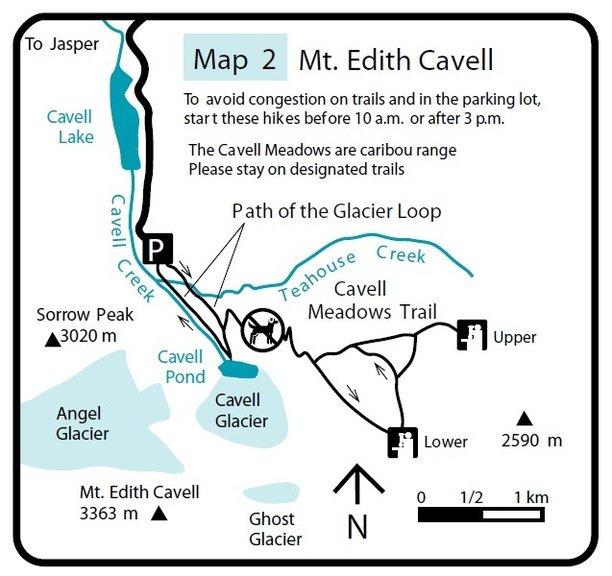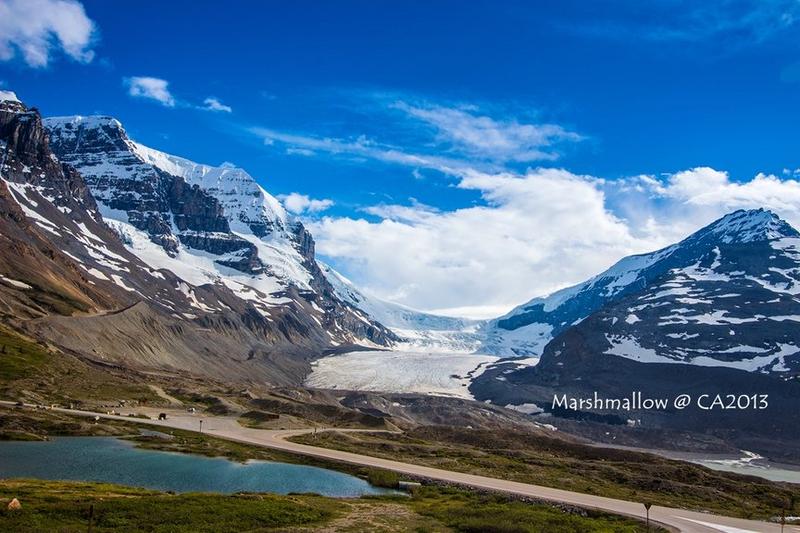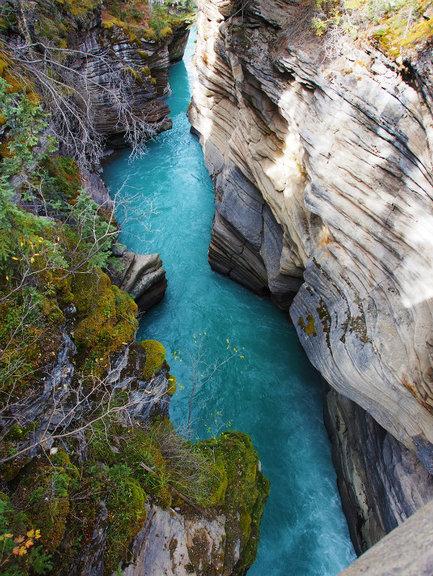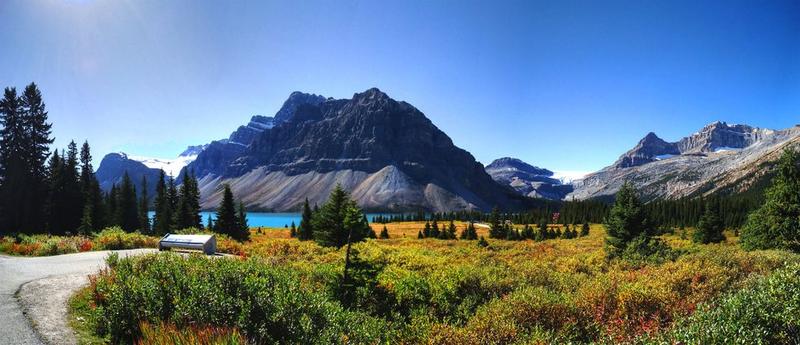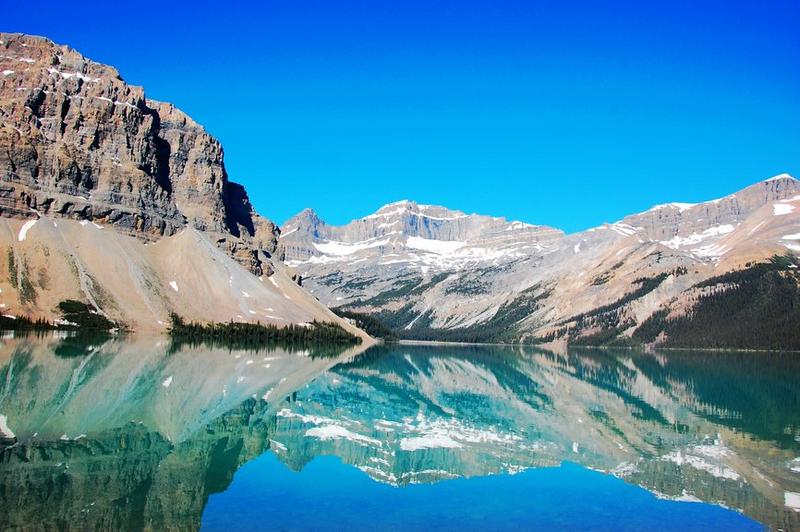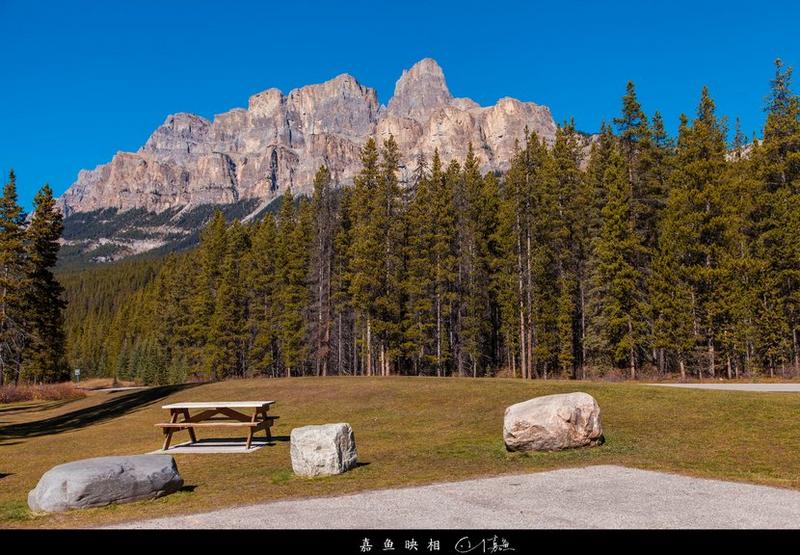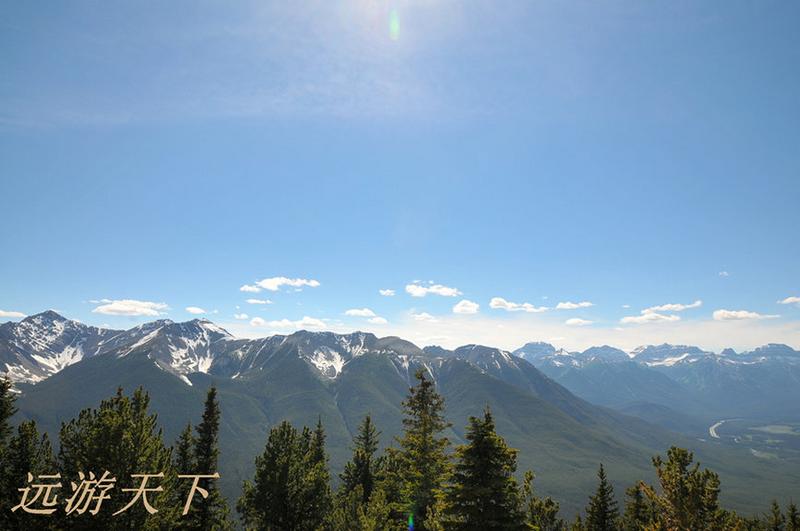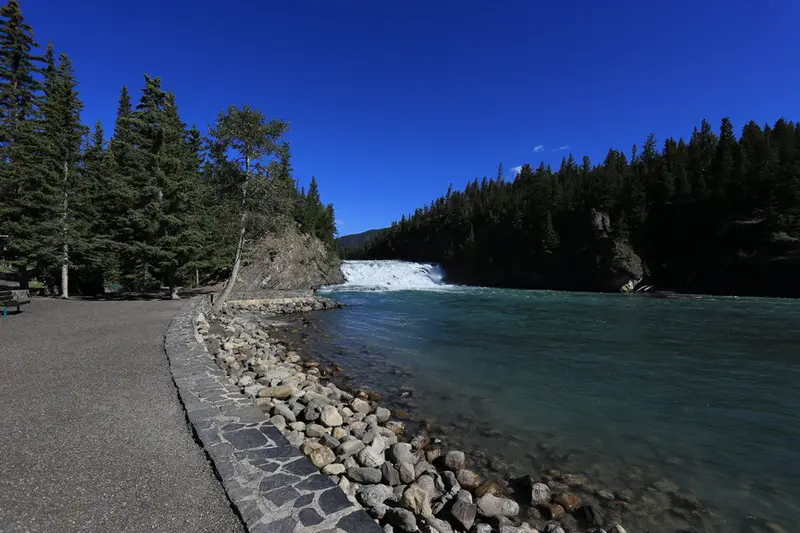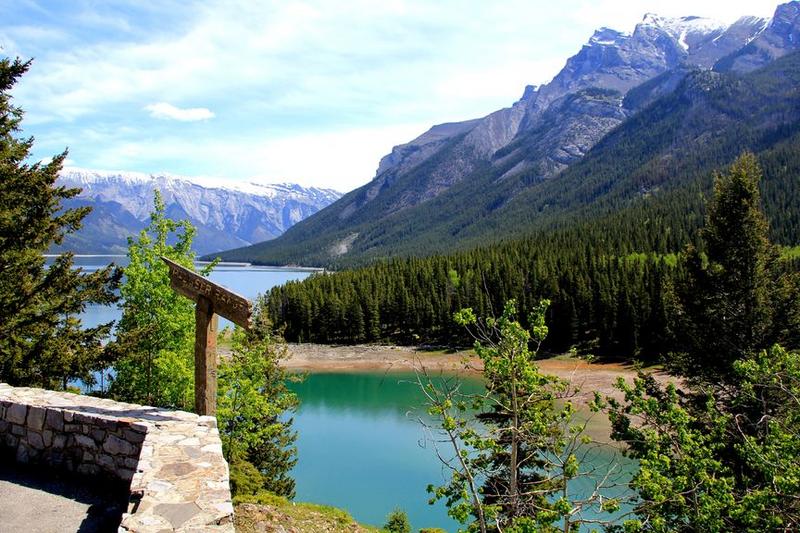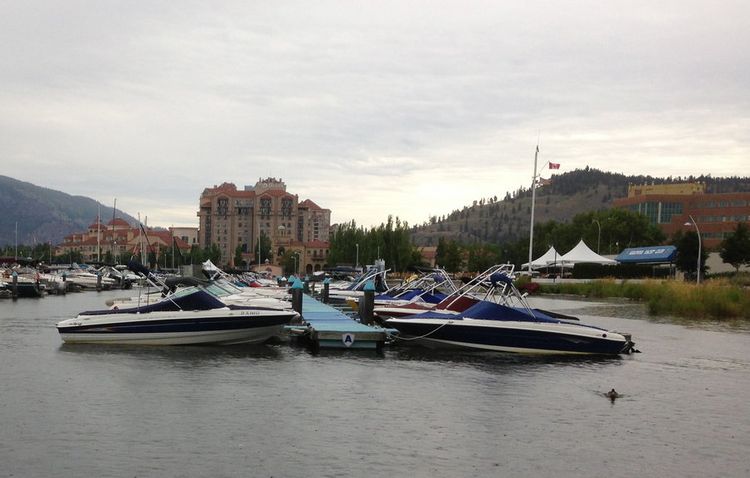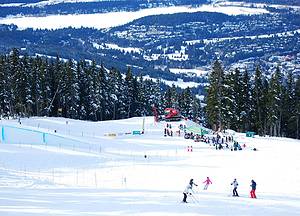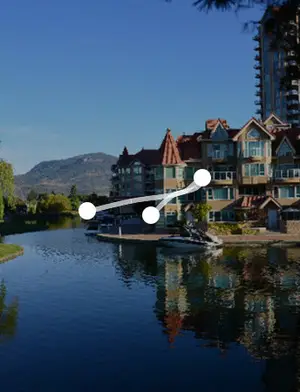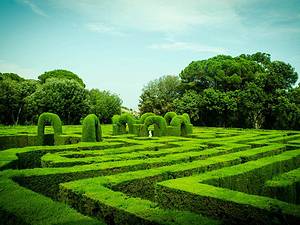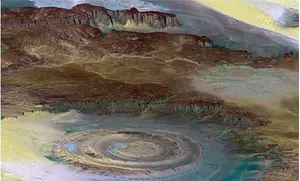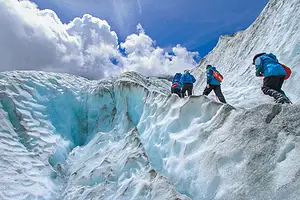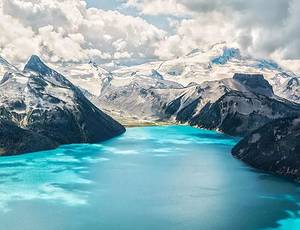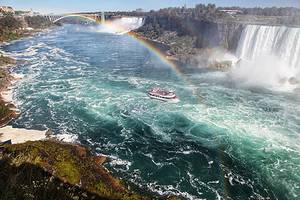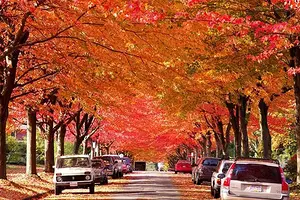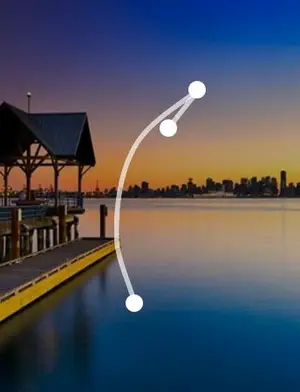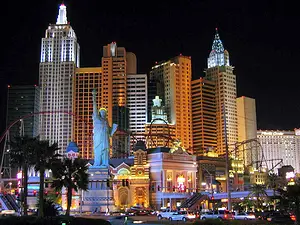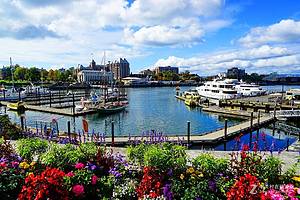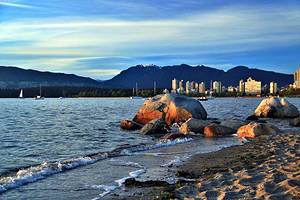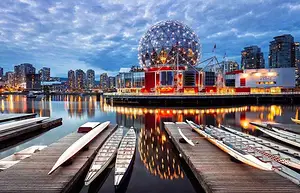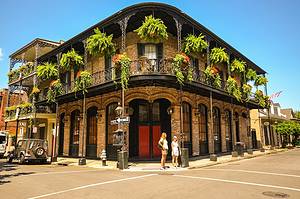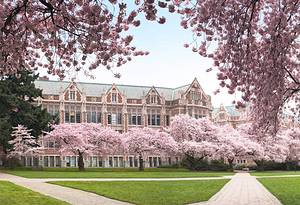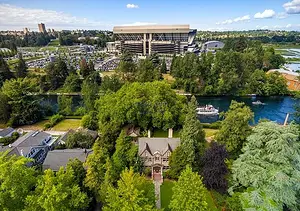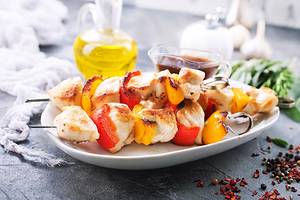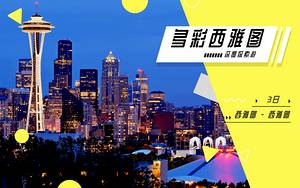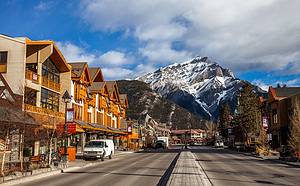A 7-day scenic tour of western Canada
6 cities |
29 attraction(s) |
total distance 997
km
 TIPS
TIPS
Day1
Day2
Day3
Day4
Day5
Day6
Day7
Day1: Vancouver
5 attraction(s) ·
13 km
1
Granville Island is a small island in the heart of downtown Vancouver. Imagine a place in the city filled with artistic atmosphere, where music floats in the air, leisurely people take walks in the woods, the stylish and creative shops line the streets, the waterside restaurants are elegantly decorated, neatly dressed servers greet you with smiles, people of all ages sit in front of cafes savoring coffee and basking in the sun, the public market is filled with fresh and fragrant food, beautiful artworks are displayed inside and outside the various galleries, and dapper artists are sketching on the streets... This is Granville Island, an art island that offers visitors an opportunity to experience the local lifestyle of Vancouver, relax and better enjoy their travel.
5
km
2
English Bay Beach, also known as First Beach, is located near the West End and is a beautiful beach. It is a popular destination for locals and visitors in Vancouver. It is suitable for activities such as swimming, sunbathing, beach volleyball, and kayaking. English Bay hosts various events annually, such as the Summer Night Lights festival and the Polar Bear Swim in winter. It is also part of the seawall, perfect for a stroll, and offers stunning sunset views.
3
km
3
This park is located in the bustling neighborhood of Vancouver. It features dense forests, spacious and serene lakes, and flocks of birds living in harmony with humans, making it an excellent place for jogging, cycling, rollerblading, or walking. In addition, there are various totem poles for visitors to admire. The park also has a miniature railway that stretches about 2 kilometers, passing through large forests and offering beautiful views along the way. During holidays, the small train is decorated with different themes.
2
km
4
The bridge was built in 1938 and is a major transportation route connecting West Vancouver and North Vancouver on the North Shore. It is also a landmark of Vancouver. Its name comes from the Twin Lions Mountains on the North Shore, and two lion statues were later added at the entrance on the south side, making the name even more fitting. During holidays or Vancouver Canucks hockey games, the lions often dress up or wear various flower garlands, adding to the picturesque scenery. There are dedicated lanes for bicycles and pedestrians to cross the bridge, allowing them to enjoy the stunning views of Vancouver and the Pacific.
5
km
5
Capilano Suspension Bridge is located in North Vancouver, spanning 140 meters across Capilano River and a dense forest, with a height of about 70 meters. It was built in 1889 by Scottish engineer and real estate developer George Grant Mackay, who purchased 6,000 acres of land on both sides of Capilano River. With the help of local Indigenous people August Jack and Willie Khahtsahlano, the bridge was constructed using hemp ropes and thick wooden planks, connecting the two sides of the valley.
The bridge was originally known as the "laughing bridge" by the Indigenous people because the sound of the bridge swaying in the wind resembled laughter. Below the bridge, there are rushing cliff rocks and swift mountain streams, with towering straight fir and cedar trees on both sides, creating a natural and primitive scenery. There are also various experiential activities such as treetop adventure.
In addition to walking on the suspension bridge for a high-altitude view, the park itself is worth exploring. There are hiking trails for adventurous people to reconnect with nature, as well as many projects related to Indigenous culture, such as watching Indigenous performances, appreciating Indigenous totem poles, and visiting Indigenous cultural exhibitions. It is a place where culture and nature blend harmoniously. You can also participate in the adventurous Cliff Walk, walking along the cliff and enjoying the magnificent view of the valley from the rock-surrounded viewing platforms, which is perfect for outdoor enthusiasts.
Day2: Kamloops
3 attraction(s) ·
157 km
1
MacArthur Island Park is a city park located on an island in Kamloops Lake, next to Kamloops. It is a beautiful place for leisure and entertainment for the residents of Kamloops.
45
km
2
Roche Lake is a glacial lake near Canmore, ideal for outdoor activities such as rock climbing.
113
km
3
Day3: Jasper National Park
4 attraction(s) ·
164 km
1
Jasper National Park has the largest natural lake, which is 22 kilometers long, 1 kilometer wide, and 96 meters deep. The park offers boat tours and water recreation activities, as well as several hiking trails around the lake. Taking a yacht on Maligne Lake is a delightful experience, with picturesque scenery of snow-capped mountains and calm, turquoise waters reflecting the white clouds and peaks against the deep blue sky. The famous Spirit Island in the center of the lake became renowned after a photographer won first prize in a photography contest with their stunning photos of the island, for which they camped on the shore for several days.
79
km
2
Athabasca Falls is a famous waterfall in Jasper National Park. Despite its height of only over 20 meters, it has a turbulent flow, a large volume of water, and a deafening sound. The canyon it flows through has been eroded by the water year-round, forming unique vertical cliffs.
25
km
3
Sunwapta Falls is a waterfall on the Sunwapta River, with a drop of about 18.5 meters, located in Jasper National Park, Canada.
61
km
4
Patricia Lake is located in Jasper National Park, Alberta, Canada. Its name comes from Princess Patricia of Connaught, the granddaughter of Queen Victoria. It is situated 5 kilometers north of the town of Jasper. The lake is most famous for being the experimental site of the second phase of Project Habbakuk during World War II. The project aimed to construct an aircraft carrier using a mixture of wood pulp and ice in order to combat German submarines. However, due to disagreements and flaws, the project was terminated in 1943.
Day4: Jasper National Park
5 attraction(s) ·
77 km
1
Jasper Town is the central town of Jasper National Park, with the most comprehensive services including restaurants, hotels, train stations, bus stations, cinemas, and amusement parks. Visitors can go hiking and boating during the day and return to the town for rest in the evening. The town is clean and quiet, and most importantly, the Canadian Pacific Railway passes through here, making it a transportation hub.
8
km
2
Just 7 kilometers drive from the town of Jasper is the parking lot of the cable car base station, located at an altitude of 1304 meters. Taking the cable car will take you to the mountain top station at an altitude of 2277 meters, where you can enjoy a panoramic view of several dozen snow-capped mountains within tens of kilometers, as well as the surrounding green forests, rivers, and lakes. If you wish, you can even hike to the peak at an altitude of 2469 meters for a 360-degree view, or experience the snowy mountain top beneath your feet.
15
km
3
Pyramid Lake is located within Jasper National Park in Alberta, Canada, at the foot of the Pyramid Mountains. It is named after this mountain range. There are picnic spots and hotel accommodations available near the lake. Pyramid Lake connects to some hiking trails in Jasper National Park and the town of Jasper.
18
km
4
This is a typical karst landform. The Malin River, which flows out of the Malin Lake upstream, passes through here and cuts a roughly 2-kilometer long, winding and deep canyon on the limestone. The canyon is flanked by mostly vertical cliffs, and is only a few meters wide at narrow points. Due to the large drop and fast-flowing water, there are more than ten waterfalls, and the entire valley is filled with the roaring sound of water, which is quite thrilling. The Malin Canyon is filled with numerous waterfalls, showcasing its typical karst topography. There is an introduction to the formation of karst landforms at the entrance. It is a must-visit place in Jasper National Park.
38
km
5
Edith Cavell Mountain is located in the Jasper National Park. It has a gentle slope and is suitable for activities like hiking for tourists.
The mountain is named in memory of Edith Cavell, a British nurse who was killed by the German army during World War I.
Edith Cavell Mountain is the highest peak in Jasper National Park and its main attraction is the Angel Glacier at the foot of the mountain. It is a hanging glacier, and the fallen ice blocks have formed a glacier lake. The landscape is steep and magnificent. It is very dangerous near the glacier lake. In August 2012, a large ice block fell into the lake, causing a sudden rise in water level by three meters. Therefore, it is advisable to access the area from higher hiking trails to avoid any potential risks.
Day5: Banff National Park > Banff Town
6 attraction(s) ·
168 km
1
Columbia Icefield is a glacier located between the northwest corner of Banff National Park and Jasper National Park in Canada's Rocky Mountains. It spans the continental divide in North America and covers an area of approximately 325 square kilometers. The Athabasca Glacier, which has noticeably receded since 1844, can be seen from the Icefields Parkway.
The Columbia Icefield encompasses six main glaciers: Athabasca Glacier, Castleguard Glacier, Columbia Glacier, Dome Glacier, Stutfield Glacier, and Saskatchewan Glacier.
Visitors have the option to take helicopter tours for an aerial view or explore the Athabasca Glacier on the specially designed "Ice Explorer" glacier bus.
16
km
2
Icefields Parkway, also known as Highway 93, passes through stunning icefields and connects Lake Louise and Jasper, crossing Banff National Park and Jasper National Park. It runs parallel to the Continental Divide and traverses the rugged Rocky Mountains.
71
km
3
Peyto Lake is a lake located in Banff National Park known for its beautiful scenery. The entire lake surface looks like a blue ribbon embedded in the mountains.
8
km
4
Bow Lake is a glacial lake located in the western part of Alberta, Canada. It is situated on the Bow River of the Rocky Mountains, at an altitude of 1,920 meters. It is south of Bow Peak, east of the Waputik Range, and west of Dolomite Pass. It can be reached via the Icefields Parkway between Banff National Park and Jasper National Park.
42
km
5
Under the envelopment of dense forests, Lake Louise is like a pristine gem, with a pure and ethereal beauty. It is shielded by the majestic Victoria Mountain, creating a perfect scenery. It is one of the most popular photography destinations in North America. Lake Louise is fed by the Victoria Glacier, its water is clear and emerald green, like a jewel embedded in the Rocky Mountains. The lake's water is extremely cold, and during the period from November to June, it freezes over, creating a beautiful ice skating rink blending seamlessly with the ice and snow of the Victoria Mountain. It takes about a two-hour drive or bus ride from Banff Town, via the Bow Valley Parkway, to reach Lake Louise. Along the way, there are charming views of lakes and mountains, and there are often opportunities to see wildlife foraging by the roadside.
33
km
6
Connecting the towns of Banff with Lake Louise, this highway offers excellent picnic spots, numerous hiking and cross-country skiing trails, and breathtaking scenery. Wildlife can often be spotted along the route, including bighorn sheep on the steep cliffs and elk and wolves in the marshlands. Johnston Canyon, located adjacent to the highway, features several spectacular waterfalls and is one of Banff National Park's most popular hiking destinations.
Day6: Banff Town > Banff National Park > Banff Town > Banff National Park
4 attraction(s) ·
24 km
1
The Banff Centre is a cultural center showcasing artworks and hosting various cultural events in the town of Banff. It is famous for The Banff Centre for Continuing Education.
6
km
2
Sulphur Mountain is part of the Canadian Rockies surrounding Banff. Located at an altitude of 2450m, the observatory on the summit is accessible year-round by cable car, allowing visitors to enjoy panoramic views of Banff and the surrounding mountains, rivers, and valleys. Looking north from the town of Banff, the prominent Cascade Mountain stands nearby, with Tunnel Mountain to the right and Mount Rundle further to the right. The castle-like structure in the pine forest is the Fairmont Banff Springs Hotel. Squirrels and bighorn sheep can occasionally be spotted on the summit. Sulphur Mountain is a popular tourist destination throughout the year, and has attracted over ten million visitors, becoming a must-see attraction in Banff.
In 1884, a superintendent of the Canadian Pacific Railway discovered a hot spring at the foothills of Sulphur Mountain. It underwent renovations in 1996 and is now more beautiful than before. Due to the presence of sulphur in the hot spring, the mountain was named Sulphur Mountain. The water temperature ranges from approximately 37 to 40 degrees Celsius, allowing visitors to enjoy soaking in the hot springs while admiring the distant views of Mount Cascade and Mount Norquay.
6
km
3
Bow Falls is located on the southeast side of Banff town, below the Banff Springs Hotel. It is the backdrop for Marilyn Monroe's famous film "River of No Return". Despite being a small waterfall with a drop of only about 10 meters, it is characterized by white waves and thunderous sounds. The waterfall is formed by the fault of the Bow River, and it converges here with its tributary, the Spray River, which flows swiftly and rushes downstream. There are walking trails along both sides of the waterfall for hiking, and benches are available for visitors to rest.
13
km
4
Two Jack Lake, located near Banff Town and adjacent to Lake Minnewanka, has blue-green water and a small island similar to Spirit Island in Maligne Lake, Jasper National Park. In the late 19th century, there were two good friends named Jack in this area. One was Jack Stanley, who operated a small boat business on nearby Lake Minnewanka, and the other was Jack Watters, who worked at the nearby Bankhead coal mine. The two often gathered by the lake here, and that's why people called it Two Jack Lake.
Day7: Kelowna > Vancouver
2 attraction(s) ·
397 km
1
Lake Okanagan is located in British Columbia and is famous for its legend of the lake monster. It is worth exploring if you visit here.
397
km
2
Ranked as the fourth global fashion community in 2012, Gastown is a favorite among avant-garde fashion enthusiasts. It is the oldest neighborhood in Vancouver, with classical beautiful buildings and trendy, creative shops. It offers the hottest nightclubs, modern-style restaurants, bars popular among young people, and stores loved by trendsetters. The combination of historical grandeur and modern trends adds a unique color to this community. One of the most famous attractions here is a steam clock, which operates through a complex system and chimes on the hour using steam power.

